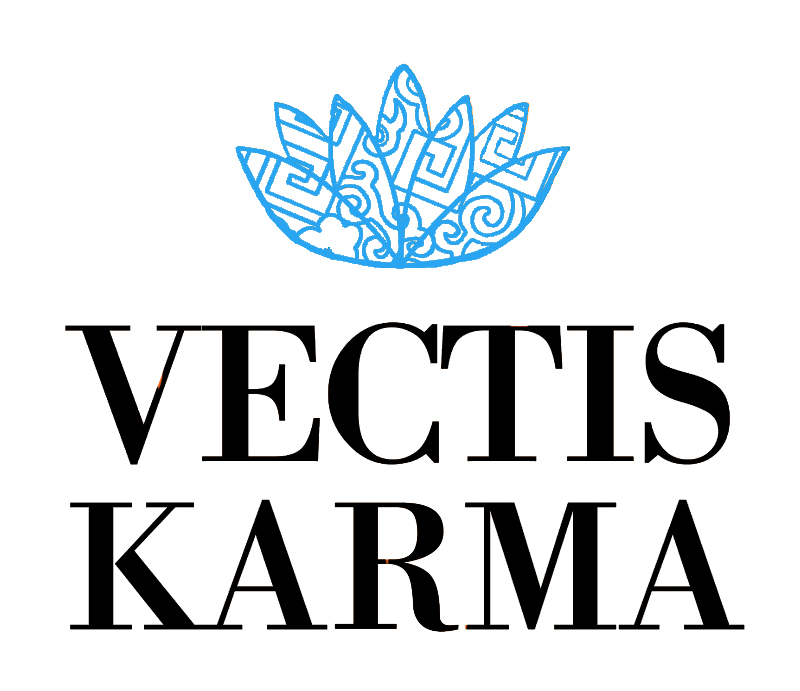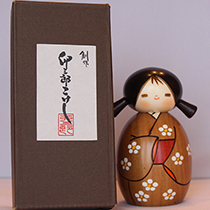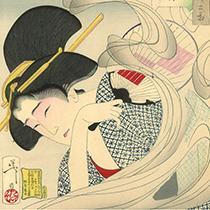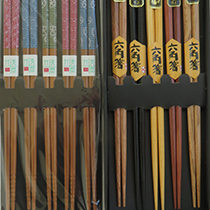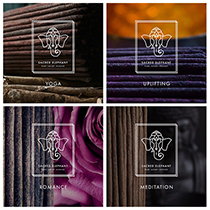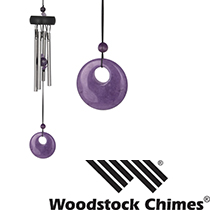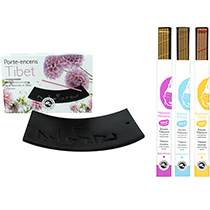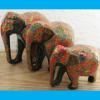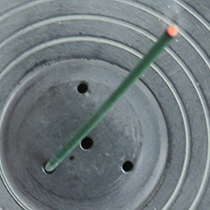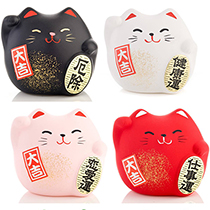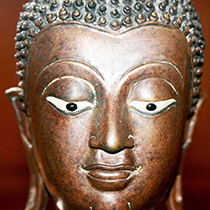Indian Incense Sticks – also known as Agarbathi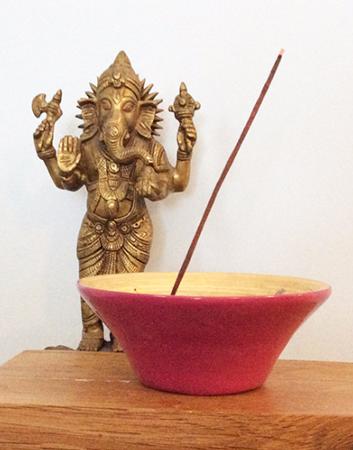 Exercising some caution is a good idea ... There are an extremely wide range of Agarbathi or Indian Incense Stick products available and the experiences people have had with them result in as many detractors as fans! Unfortunately, there are many low-costs brands and unbranded Indian sticks on the market, which come with potential negatives. In a world where the maxim of “you get what you pay for” is almost universally true, the buyer should be especially aware when purchasing cheap Indian sticks. However, it’s not all bad news, as Vectis Karma have sourced the best Indian Incense Sticks available. So, we can help you avoid the many pitfalls that could arise by buying either from non-ethical sources or product with no provenance. What about that bamboo stick in the middle? One of the key differences between Indian Incense and that from other countries (such as Japan, Nepal and Tibet) is that they are ‘built’ around a thin stick, usually made of bamboo. For some people, this is enough for them to shy away from this type of Incense; afraid that this core will overly influence the aromatic experience when burning them. Makers of high-quality sticks choose their cores well, usually white bamboo, which avoids any adverse effects on fragrances and levels of smoke. Vectis Karma focus on the most popular type of Indian Incense Stick - Masala, which are described below: Masala Sticks Around a core stick, base and aromatic ingredients are made into a paste, which is then hand-rolled to build up the thick stick you burn. This type covers most Indian Incense sticks you’ll see in western marketplaces, so it’s likely you’ll be familiar with the way they look. Masala sticks are recognised for their longevity (retaining fragrance in storage), quality (if made with quality ingredients!) and ease of use. Base materials include Charcoal, Amber resins, Sandalwood, Cedarwood, Vanilla and some gums, which act as binding agents. The exact mix and quantities of base materials differ across quality ranges, allowing headline fragrances to be blended and hence brought either up or down the aromatic scale when burnt. At this point, these sticks will be dried (usually in the sun), before having the main aromatic ingredient(s) added. The best quality sticks will have high-quality essential oil(s) added to the dried sticks to complete the manufacturing process. Very experienced artisans do this by hand, in small quantities and (in the best quality Incense) is a multi-generational family affair. Conversely, lower cost versions will be dipped in diluted (reduced or thin-downed) aromatic blends, in which essential oils would be wasted or not detectable. This is likely to be conducted on a factory scale, with a mechanised process where little skill or experience required. As Masala type sticks are primarily made from dry ingredients they are therefore less likely to diminish in quality over time. Containing very little in the way of liquid scents, they last for a long time. Sub-types within Masala Whilst the Masala type dominates the Indian stick market in western countries, you’ll also see sub-types called Champas, Durbars and Dhoops. Champas contain Halmaddi, a fragrant resinous binding ingredient, renowned for its floral scents. So common, it’s often confused as a brand name itself – but is in fact a type, and many incense makers use this in their product names (think sweet & floral). Durbars are ‘wet’, soft to the touch and burn slowly. They are much less common than Masala or Champa types (in western counties at least). Dhoops are even less common, and are not sticks (having no bamboo core). Mostly small logs, they are resinous/gummy, can burn for a long time and be very potent. They also produce high levels of smoke. The characteristics of Indian Incense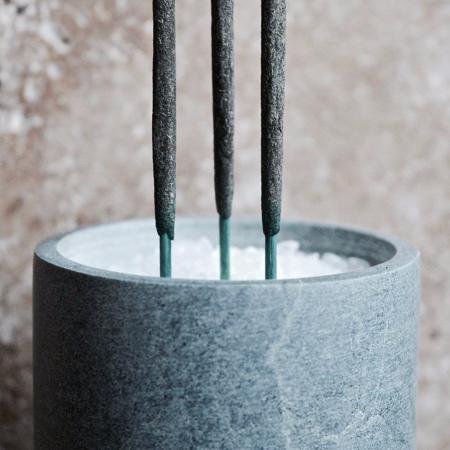 Whether sweet, spicy or woody - Agarbathi or Indian Incense Sticks are associated with being potent/strong and being able to fill a room quickly with a fragrance. Whilst not generally subtle in nature, they are great for creating sensual, relaxing and spiritual atmospheres. Additionally, Yoga practice of all sorts is often accompanied (some say enhanced) with the burning of Indian Incense. No matter your use or intention for Incense, it’s important that the Incense adds to the occasion, neither dominating it or causing offense. Hence, we return to the question of quality. Vectis Karma started as an Online Incense Shop almost entirely selling Japanese Incense, but in recent years has awakened to the possibilities and qualities of high-end or Luxury Indian Incense Sticks. See these links to view the ranges of Luxury Indian Incense from Sacred Elephant and Pure Incense – made from all natural ingredients and with a Vegan assurance. |
